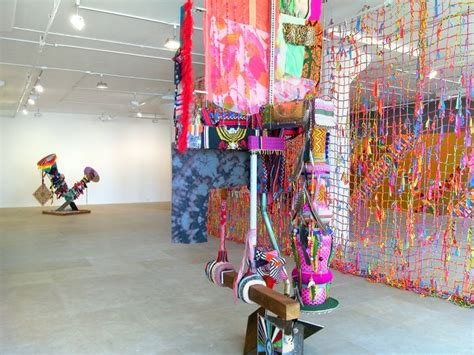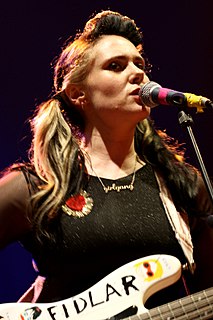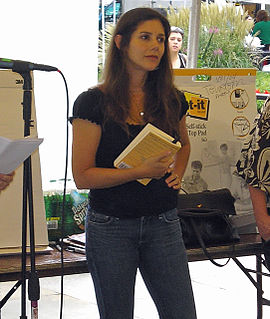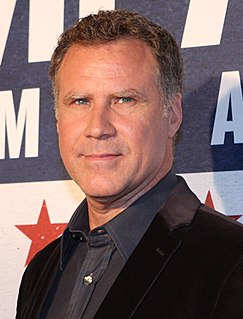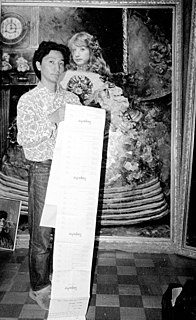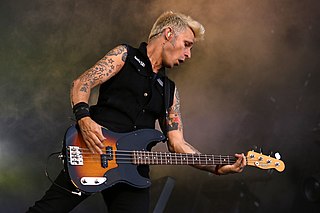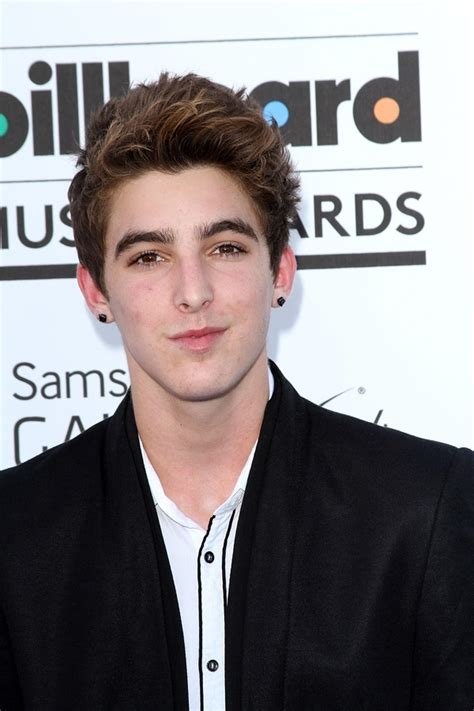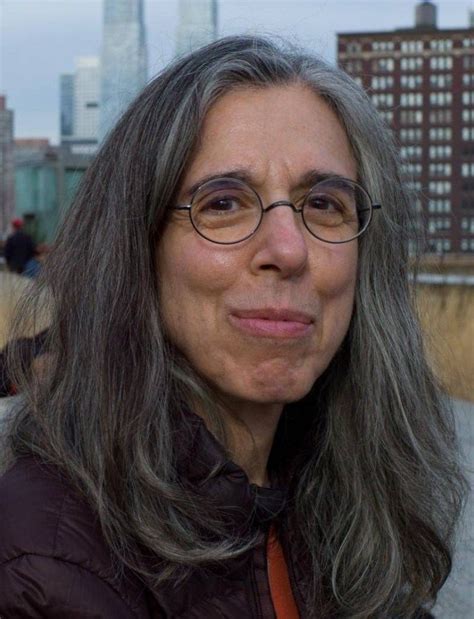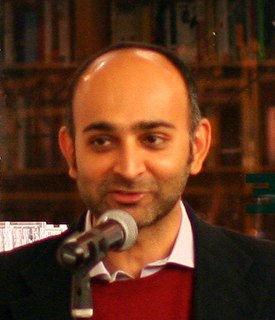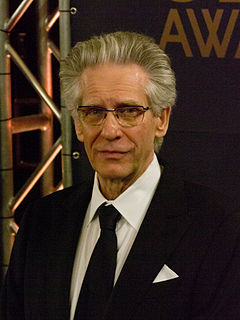A Quote by Jim Drain
I like to imagine that the Neanderthals were all really good artists.
Quote Topics
Related Quotes
This is the birth of the modern human soul. The artists are like us, not like the Neanderthals, who had no culture - and who incidentally were still roaming the landscape at the time the paintings were made. It is striking that there is a distant cultural echo that seems to reach all the way down to us, over dozens of millennia.
What's changed is we now have good anatomical, geological, archaeological evidence that Neanderthals are not our ancestors. When I wrote 'Lucy,' I considered Neanderthals ancestors of modern humans. We have gone back twice the age of Lucy, six million years. And we see that upright bipedal walking goes back that far in time.
I think the entrepreneurial activities that make art visible and attractive are what lure people into the amusement park that SoHo has become or that Bushwick or Williamsburg has become. It's not that outsiders come to an area because they hear artists are living there. A lot of people came who were not that interested in living with artists, but they were interested in living like artists and socializing the way that they thought artists socialized.
I was really inspired by these larger-than-life female artists like Lee Bontecou and Eva Hesse and Yvonne Rainier and the incredible Lynda Benglis. There were many women who were really driven and became successful, who were part of essential paradigm shifts, despite the fact that the art world was still dominated by men.
